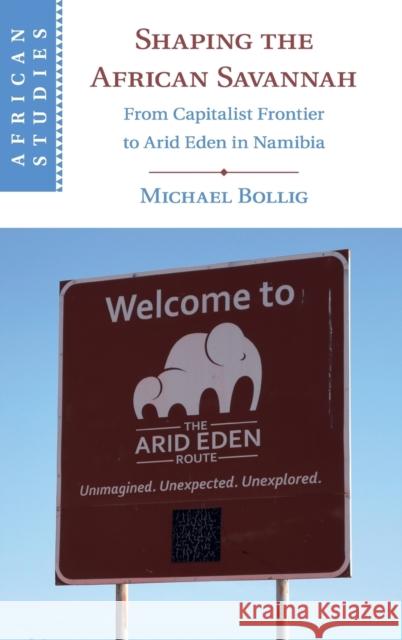Shaping the African Savannah: From Capitalist Frontier to Arid Eden in Namibia » książka
topmenu
Shaping the African Savannah: From Capitalist Frontier to Arid Eden in Namibia
ISBN-13: 9781108488488 / Angielski / Twarda / 2020 / 336 str.
Shaping the African Savannah: From Capitalist Frontier to Arid Eden in Namibia
ISBN-13: 9781108488488 / Angielski / Twarda / 2020 / 336 str.
cena 390,63
(netto: 372,03 VAT: 5%)
Najniższa cena z 30 dni: 385,93
(netto: 372,03 VAT: 5%)
Najniższa cena z 30 dni: 385,93
Termin realizacji zamówienia:
ok. 22 dni roboczych.
ok. 22 dni roboczych.
Darmowa dostawa!
A history of 150 years of social-ecological transformations in the arid savannah landscape of Namibia.











